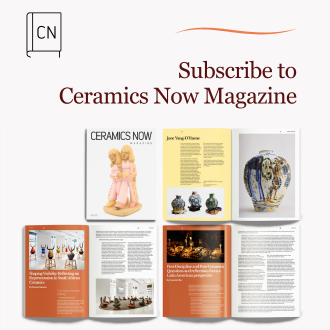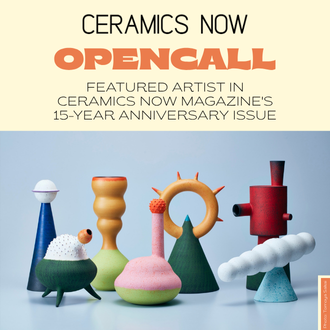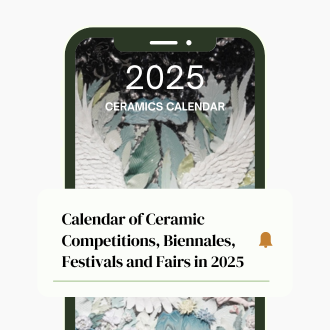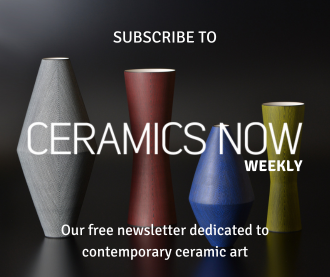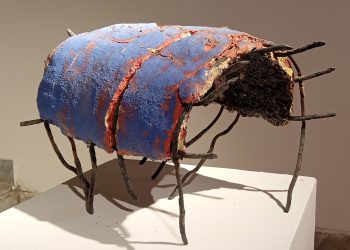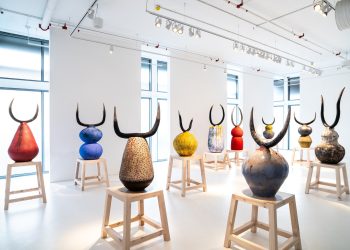Natalia Arbelaez is a Colombian American artist, born in Miami, Florida to immigrant parents. Natalia and her mother moved to back Colombia when she was 2 months old where she spent her first four years of life in Medellin, Colombia. Natalia immigrated back to the United States and identifies as an immigrant as she fully experienced assimilation while living in a small blue-collar town of Bristol, CT. Navigating the USA’s education system and learning English caused Natalia to connect to art early on as a way to communicate and feel capable of something. She eventually moved back to Miami, FL at the age of 10 where she began the process of relearning Spanish and reconnecting with her Latinx heritage which had been negated through assimilation. Because Natalia had to actively seek out her ancestry at such a young age, this event changed her life and work where she purposefully used art to uncover her undervalued histories. She has done this by moving through spaces, such as a 2018-19 Resident Artist at Harvard University, where she researched pre-Columbian art and histories. As an Artist in Residence at the Museum of Art and Design in New York City she researched the work of historical and influential women ceramicists of color and continued this research as a 2021 Visiting Artist at AMOCA in Pomona, CA.
Natalia co-founded The Color Network, an organization that aids in the advancement of people of color in the ceramic arts, from the want of helping other artists navigate higher education and avoid obstacles she has encountered, such as writing in English. Her work has been exhibited internationally, in museums, galleries, and included in various collections, such as the Everson Museum, MAD Museum, AMOCA Museum, Fuller Craft Museum, and The ICA Miami. She lives and works in The Mid-Hudson Valley region in NY. She is currently represented by Mindy Solomon Gallery in Miami, FL and Galerie Wolfsen in Aalborg, Denmark.
Visit Natalia Arbelaez’s website and Instagram page.
Featured work
Mestizo, 2019-2022
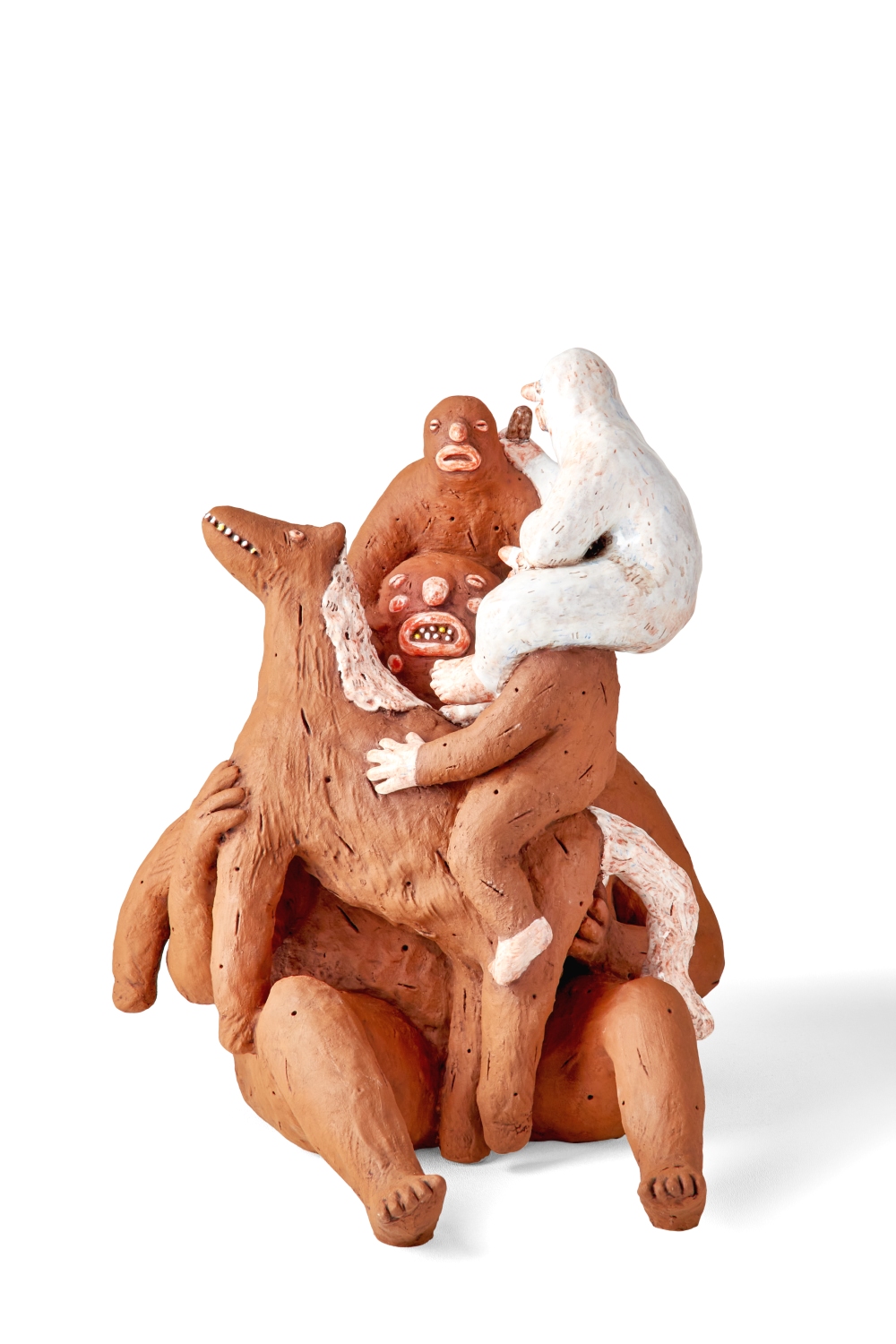
Mayu Chimpay, 2019-2022

Women Ceramists of Color, 2020-2021
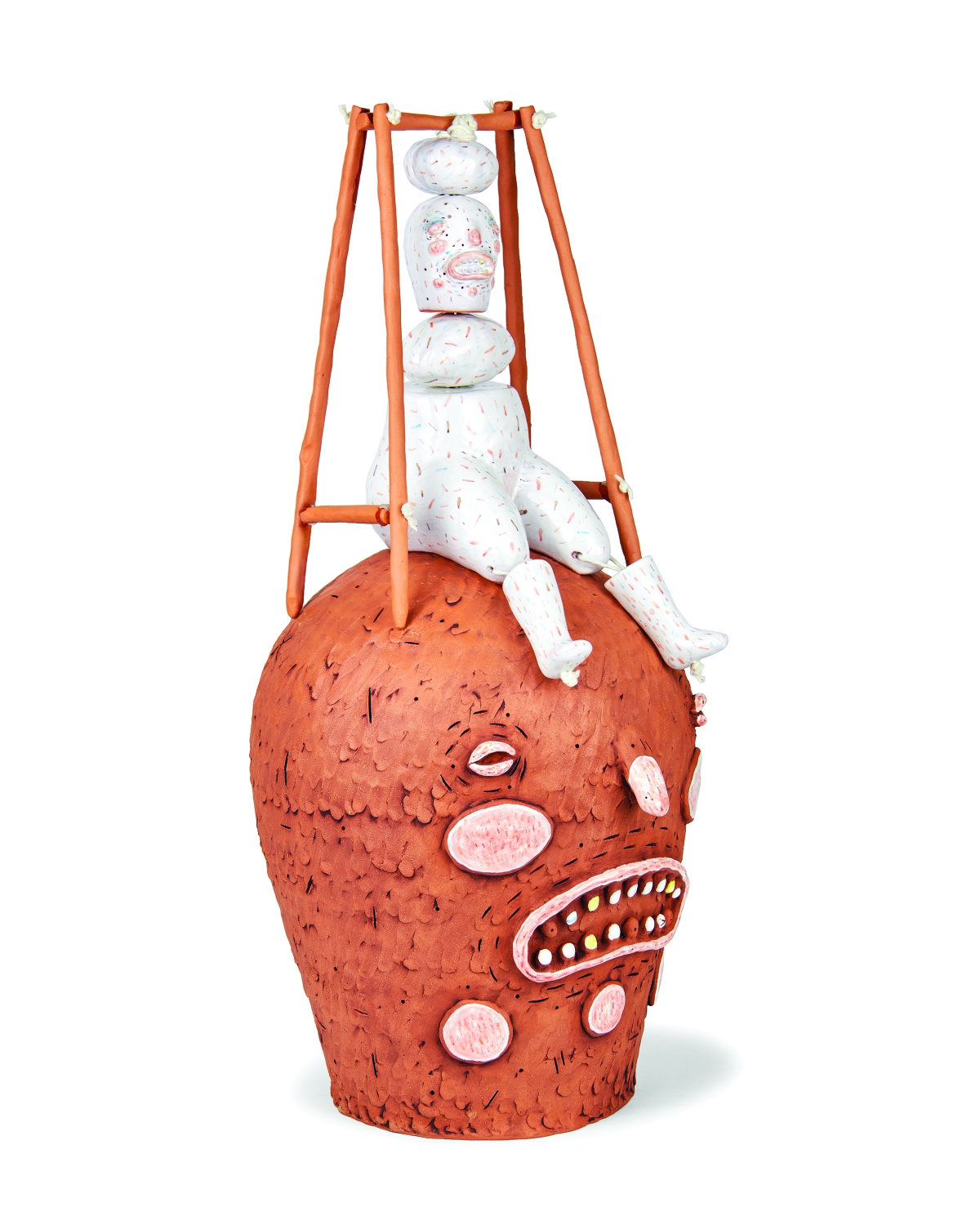
In my work, I am a storyteller. I am telling narratives about my Colombian family’s immigration, the pre-Columbian South American presence, and my American latchkey, after school cartoon childhood. All of these stories work together to create a multicomponent self-portrait of what it is like to be a Mestizo Colombian-American hybrid. Mining tidbits from historical research, familial narratives, and cartoon culture, I create surreal stories in clay much in the way Gabriel García Márquez did with words, autobiographically narrating history with its ups and downs, its humor and tears.
Making my work is an act of revealing undervalued histories from Latin American, Amerindian and Women of Color. These identities are lost through conquest, migration, and time, then gained through family, culture and exploration, and finally passed down through tradition, preservation, and genetic memory. I have found value in my histories and aim to help preserve my cultures by honoring them through my artwork.
In my historical and cultural studies of lost, conquered, and overlooked communities, I have found that craft and clay belong in my pursuit, and I’ve embraced it. I relate to the role of the craftsperson, which is often linked to women’s work, working class, and cultural tradition. Furthermore, my primary medium, my ancestral terracotta, has historically been considered a lesser material and the white glossy Majolica glaze that was brought over from Europe was used as a surface to hide the iron-rich clay body. I use this material as a metaphor to describe colonization and its impact on me.
Other symbols in my work reflect aspects of my history that I have absorbed and personalized through my research. I often pair materials to intentionally speak of hierarchy and value disparities, such as juxtaposing gold next to terracotta. These two materials are found in the same Colombian mountains and rivers but one of the materials is deemed valuable and the other is not. When covering the terracotta in white majolica glaze, I make sure to leave portions of the bare clay exposed as a reminder that even though our history and ancestry has been whitewashed, our indigenous ancestry still remains. My goal is to reveal the truths and challenges of our past and present, forging a path for a more hopeful future.


